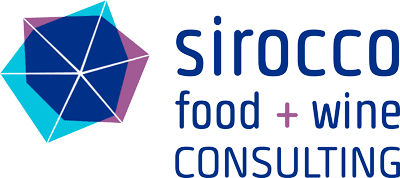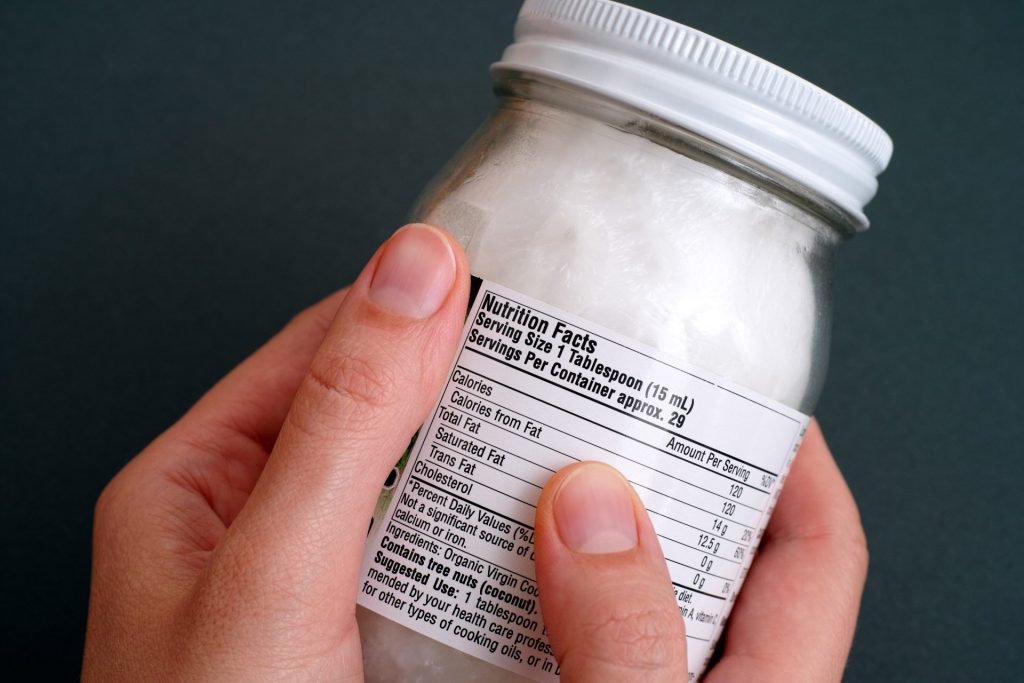When it comes to creating a food label for the Canadian retail market it is never an easy task. One of the challenges that manufacturers and importers face is meeting the English and French bilingual requirements. These Safe Food for Canadian Regulations requirements now apply to all consumer packaging foods, with the exception of local foods.
However, a fully compliant label is much more than just having bilingual information printed on a food package. A food label covers basic mandatory information and nutritional facts. Label font, size and format are also regulated. While businesses may find all the requirements outlined on the CFIA website (See Food Labelling for Industry), it can be a challenge to read through the fine print of labelling regulations and use the Canadian government’s Labelling Tool resource.
To help you navigate labelling regulations in Canada, we would like to provide simplified insights that will guide the review and design of SFCR-compliant labels. There are 3 important types of information food labels aim to provide in French and English: an accurate and truthful description of the food that’s offered for sale, clear information regarding the content of a food product and lastly, information about the origin of the food.
Description of the Food
A food label must first be able to provide key information to retail consumers who may wonder if they are buying the right product. When consumers look for a specific product description, they turn to the Principal Display Panel (PDP) and Available Display Surfaces (ADS).
The PDP is the portion of the label that a consumer will readily see when the product is on the retail shelf. It is the largest surface of the food package. The ADS refers to all the surfaces of the food container except for the bottom part. All food labelling information must be present on the ADS. That means that the bottom of food containers should not be used to display mandatory labelling information. However, this does not apply to information that is not regulated under the SFCR, such as product bar codes, recycling symbols, etc.
Key information about food products must be clearly shown on the PDP and include the common name of the product and the net quantity of the food package. The name of the product must clearly identify the type of food and must be understandable by most consumers. For example, it would not be a clear description to advertise de-alcoholized beer as “beer” or omit to say that food was “previously frozen” as consumers may think it is fresh. Furthermore, for foods that are not commonly known in Canada, it is important to include a descriptive common name. One example given by the CFIA is “kapustnica” or sauerkraut soup. Kapustnica is not considered an acceptable common name since most customers are unfamiliar with this specialty product. Therefore, a descriptive common name such as “sauerkraut soup” must be used instead.
In addition, you must be aware of food standards of Identity. If the food is “standardized,” it means that CFIA has a standard of identity for the food which has been set in the regulations. In Canada, there are over 500 foods with standards of identity under the Food and Drug Regulations (FDR) and the Safe Food for Canadians Regulations (SFCR). For instance, juice and juice products are examples of standardized products. The Canadian Beverage Association lists definitions on their website: 100% pure or 100% juice refers to juice that is directly squeezed from a fruit or vegetable. “It can be made from juice concentrate that is reconstituted with water and contains certain other ingredients such as vitamins or minerals.” In the SFCR, food standards are included in a document titled Canadian Standards of Identity. The Canadian Standards of Identity document comprises 8 sections:
Volume 1: Dairy products
Volume 2: Processed egg products
Volume 3: Fish
Volume 4: Processed fruit or vegetable products
Volume 5: Honey
Volume 6: Maple products
Volume 7: Meat products
Volume 8: Icewine
Besides the common name, the PDP must also include the net quantity of the food. In Canada, the net quantity must be expressed using the metric system. The net quantity must be accurate and be rounded to 3 figures, except for net quantities that are below 100 grams, which shall be rounded to 2 figures. The symbol used for the net quantity is printed in lower case, except for volumes in the case of liquid food where “L” (“litre”), which can be expressed in both upper and lower case.
Content of the Food
Once the consumer is clear on the description of the food, their next question will most likely be about allergens and nutritional information. “What’s in my food? How many calories per serving?”. We answer this question by providing a clear and accurate ingredient list and Nutrition Fact Table (NFT). The ingredient list and the NFT can be printed on any ADS, including the PDP.
The ingredient list must include all the ingredients and their sub-components in descending order. All sugary ingredients, including juice, molasses, etc., must be grouped under “sugars” to provide consumers with a clear picture of how much sugar is in the food. The ingredient list must be clearly differentiated from the rest of the label with a white background. This is achieved by using a black border or a background that provides sufficient contrast.
The list of ingredients plays the crucial role of informing the consumer of the presence of priority allergens in the food. Priority allergens are specific to a country of sale. For instance, the United States has 9 priority allergens which must be declared. There are 11 priority allergens in Canada, namely, peanuts, tree nuts (excluding coconut and shea nuts), wheat, sesame, soybean, fish, shellfish and crustaceans, milk, egg, mustard and sulphites. The allergens must be listed inside a pair of brackets right after the ingredient that contains the allergen. For example, butter (milk) or in a separate “Contains” statement right adjacent to the ingredient list.
 Image source: Retrieved from https://inspection.canada.ca/food-labels/labelling/industry/how-to-label-allergens/eng/1462469921395/1462472833650
Image source: Retrieved from https://inspection.canada.ca/food-labels/labelling/industry/how-to-label-allergens/eng/1462469921395/1462472833650
The processor is also responsible for identifying any allergens that may be present in the product due to accident contamination in a “may contain” statement. For example, an almond mix packed in the same facility that also packs peanuts on the same line may need to carry a “may contain peanuts” statement. Not that good food handling and manufacturing practices require that food contact surfaces and production lines be thoroughly cleaned to prevent allergen cross-contact risks.
Some other ingredients may also require a separate statement to declare their concentration and/or health effects when present in a food. Some examples are caffeine and some sweeteners, such as aspartame.
The processor can also choose to have a “claim” on the label to advertise a specific food functionality or nutritional information. However, it is important to note that only claims that are approved by Health Canada can be included in a label. Claims must be validated scientifically. For more information, refer to: https://www.canada.ca/en/health-canada/services/understanding-food-labels/nutrition-claims.html
Origin of the Food
The next question a consumer may ask is, “Where is the food from.” On the label, regulatory information must include the name and address of the principal place of business and, where applicable, country of origin for imported products.
Besides the basic information mentioned above, the food processors, manufacturers, and importers must also be aware that it is their responsibility to provide clear instructions for the safe handling and preparation of food. This includes storage instructions such as “Keep refrigerated after opening,” “keep frozen” for frozen foods, and safe cooking instructions such as “Cook food until internal temperature reaches 165 F”. It is also important for the manufacturer, processor or importer to look beyond basic food regulations when designing a compliant label. There are other requirements and industry standards that may be applicable, such as trademarks and copyright requirements. Requirements around GS1 and other bar-coding information, disclaimers when using photographs to provide food serving suggestions may also apply.
As a final note, be advised that the labelling regulations in Canada are continuously changing to provide consumers with clear guidance to make educated and informed diet choices. In 2022, Health Canada published Regulations Amending the Food and Drug Regulations, which outlines the front-of-packaging requirement for food containing nutrients of public health concern (saturated fat, sugars and/or sodium). The food industry, including food importers, has until January 1, 2026, to comply with this new regulation. As members of the food industry, we must stay vigilant and be aware of regulatory changes and updates to ensure that our marketed food products remain compliant and provide consumers with clear and accurate information.
Sirocco Food + Wine Consulting provides consulting services to Food Importers and manufacturers who must meet Canadian SFCR regulations. From bilingual food labels to developing a PCP importer, manufacturing, or exporting plan, we help your business grow. Contact us to request a quote or browse our e-store to find the compliance solution that will fit your business needs.





